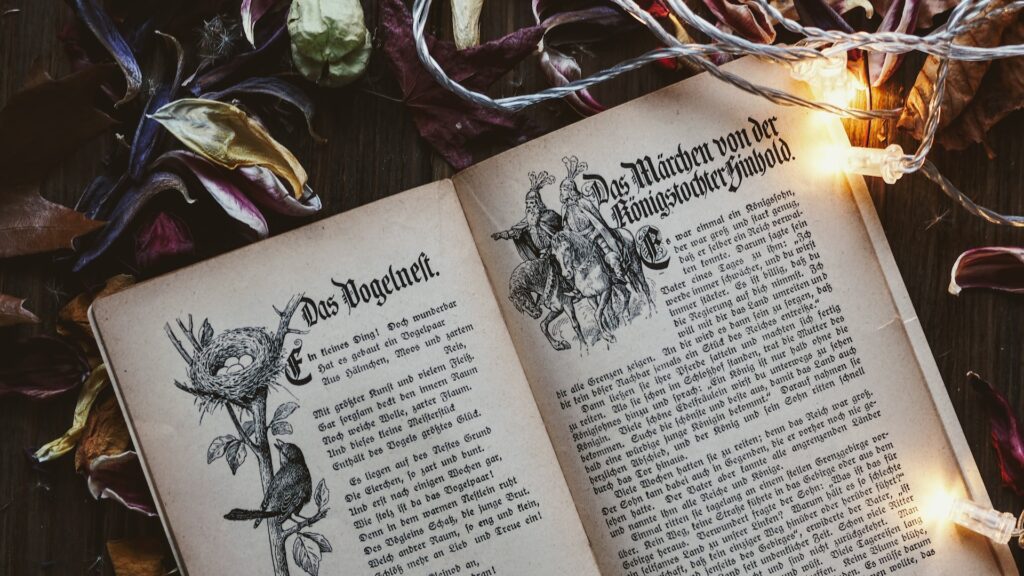
Often in my writing circles the subject of fairy tale retellings comes up in conversation, and always to the same odd mixture of reactions—weary resignation, mildly hopeful interest, and a good bit of eye-rolling. To say the entertainment market is saturated with these fairy tale retellings is an understatement, whether it’s books, movies, or those darn Disney remakes. And yet readers and authors keep coming back to them, drawn, sometimes in delight, sometimes in reluctance, to these ancient tales told in endless variation. But it’s usually the same handful of tales that are retold again and again. We know them all by heart. Cinderella. Beauty and the Beast. Snow White. Sleeping Beauty. Perhaps one of the variations of Cupid and Psyche. There are also any number of adaptations of more recent classics like The Little Mermaid, The Snow Queen, or Peter Pan.

Why the endless fascination?
Fairy tales are stories with magical or fantastic elements and usually some moral, warning, or nugget of truth in them that have been passed from generation to generation, both whittled down and embellished by time and numerous storytellers and translators until what remains is the basic outline of a story with its most recognizable elements hopefully intact. Morality is often the driving factor in these stories where kindness is rewarded and wickedness punished. Cruel villains meet terrible fates, and though the world is a terrifying and dangerous place, grace and hope abound. Love wins the day. These are all common themes found in our favorite tales, the ones most often revisited. Timeless truths and universal longings that we’re all familiar with. Stories that never seem to get old. Or do they?
Often writers love to retell fairy tales because they easily serve as a springboard for themes or ideas that they can explore and flesh out according to their vision. These stories provide the backbone of a familiar and beloved tale but with plenty of room to fill in the details and let your imagination run wild with character motives and backgrounds, unique worlds, and fun settings. Oh, and don’t forget the twist! Cinderella in space! Sleeping Beauty, only it’s a dude, and he’s woken by the kiss of a princess! The Little Mermaid, but with a happy ending (we all hope)!
For readers, fairy tale retellings can be a good intro to new authors, since you’re getting a familiar story but with a fresh face. Or maybe you’re just really in the mood for a happy ending, and you know that Beauty and the Beast is gonna deliver. Or you need a little wish fulfillment in the form of a handsome prince come to kiss the princess out of her enchanted slumber.
There’s another version of retellings that usually isn’t labeled as such, but is no less alive and well in the publishing industry, and that’s in the form of copycat stories. Ever notice how many magic academy books have come out since a certain young wizard hit the shelves a couple decades back? Or how love triangles and romantic vampires are all the rage? Or werewolves with their pack dynamics? Or Greek demi-gods? These copycats take a popular book or series and present those memorable elements in their own voice, with different yet familiar faces. They recognize that those original breakout stories resonated with readers, and they attempt to recapture the magic in their own way. The same, but different. Just like fairy tales told again and again. The same, but different.
There’s a place both for retellings and for copycats. We love the comfort of familiarity. We love rereading our favorite stories and story tropes over and over again, until we’re sick of them. We don’t want them to end, even though we know they must. There can be no happy ending without the ending, after all. So, we put that favorite book down with a sigh and go looking for another one that’s just like it! The same but different. And that’s okay. Fairy tales, with their wonder, justice, and reversal of fortune, magical boarding schools, vampires, werewolves, and love triangles, even Amish romance and Hallmark Christmas movies. We might make fun of them at times for their silliness or repetitiveness, but they’re popular for a reason. Something in these worn-out and overused tales still echoes the themes and values that resonated with us at the beginning. And sometimes it’s comforting knowing what to expect. Knowing there will be a happy ending. Knowing that the wicked stepmother gets her due. Sometimes we need a dash of wonder amid the grind of life, or to be reassured that there is goodness and hope when tragedy strikes and things are looking their darkest. Those themes never wear out.
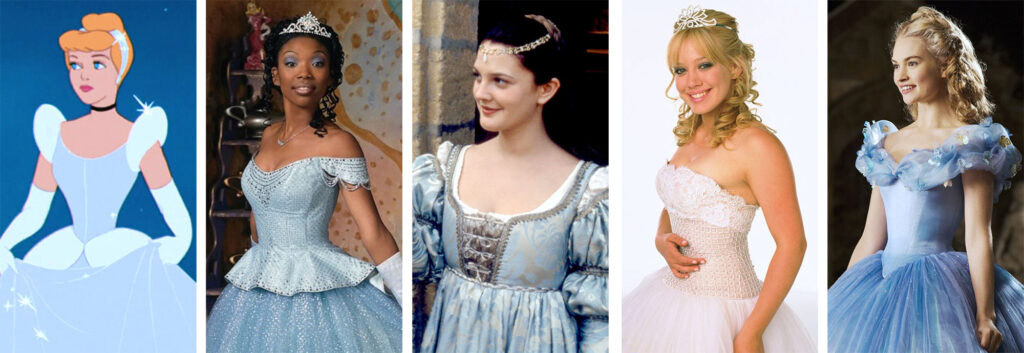
On the other hand, do we really need yet another iteration of Cinderella or one of the other favored few? I mean, really? There are some problems I’ve encountered in this genre that have made me cringe recently, and overuse of the same few stories is definitely one of the top issues. Beauty and the Beast is great. But there are volumes full of other classic stories that surely deserve a chance at another life and a new twist. There must be some brave author somewhere who could do something with Goldilocks and the Three Bears, or The Ugly Duckling. I’ve seen Rumplestiltskin turned into a romance often enough to believe in the possibilities. Those examples might seem absurd, but there are others which could prove truly fascinating if fleshed out. What about The Princess on the Glass Hill? Or, The Story of the Boy Who Went Forth to Learn What Fear Was?
Another problem is that far too many authors and moviemakers recognize readers’ hunger for more of these favorites and see it as an easy way to cash in on a preexisting and long-suffering fanbase. They treat these retellings or copycat stories as an easy project, an easy sale, a guaranteed favorite, rather than something deserving of care, originality, and even excellence. They fail to respect their audience. And when you don’t respect your audience, your work becomes little more than an insipid cash grab. Not worth your time to write. Not worth our time to read.
The third major problem I’ve seen is how political and social trends and ideals seem to sneak (or bulldoze) their way in. Of course, this isn’t unique to the genre of retellings by any means, but it can perhaps become one of the more cringy places where it crops up in fiction. Give me a minute and I’ll explain. In the meantime, let’s be honest here—agendas, political, religious, or otherwise, have never made for excellent stories. Agenda should not be confused with Theme. Themes are big ideas woven into the narrative or character arcs—concepts like redemption, pain, sacrifice, forgiveness, etc. that are inseparable from the story. Agenda equates to soapbox messaging. Characters who fling the author’s opinion or beliefs into the readers’ faces blatantly through unskillful dialogue, or cardboard characters put in place simply to prove a point. These authors want you to believe a Thing and they’re using this story to bash you over the head with it. Even if you happen to agree with the message the agenda is preaching, it still makes for an awkward and uninspiring read.
So why is this especially off-putting when it pops up in retellings? Several reasons. For one, it’s bait and switch. It’s promising us a story about kindness, hope, unexpected rescue, magic, and glass slippers, and instead giving us any number of issues wrung from tired headlines that we’re already sick of seeing. Girrrrrl Power wins the day! Who needs kindness and perseverance when one can be snippy, sneaky, and mean instead? The very morals, warnings, and lessons that these tales were founded upon have been traded for the latest brand of designer trend morality. Instead of wonder, we’re handed cynicism. Instead of our favorite story, the same but different, we’re handed a twisted, unrecognizable thing with some paltry token items left in. Surely, it’s the godmother and glass slippers that make Cinderella the story that it is, right? So, we get a godmother and some fancy shoes, but the beating heart of the story that we all love has been torn away.
Which leads me to the other problem I keep seeing in the retellings and copycats: they miss the mark. They can take the tropes and symbols or elements of a story and rip it off or retell it, but they fail to understand what made the original popular to begin with. Peter Pan wasn’t great because it had pirates or pixie dust. It was great because it had wonder. Beauty and the Beast wasn’t about roses or curses or unlikely romance. It was about kindness, sacrifice, and the redemptive power of unconditional, undemanding love. Cinderella is about justice, mercy, and divine grace, not dashing princes or pumpkin coaches. Sure, you may love the elements or tropes in a story, but those things aren’t the heart. They aren’t what make us fall in love with a tale. They’re just tools that a storyteller uses. In order to have a good retelling, you have to understand not just the plot, outline, and recognizable elements of the original, but you have to really understand it. You have to know what it’s actually about. And many retellings just don’t.
Fairy tales are told over and over because something in them speaks to us. I find that when this happens, whether in fairy tales or other stories, it’s usually because those stories echo a greater Truth or longing. It’s because they’re pointing us to something higher. Something that’s been built into our very DNA. A longing stamped into our hearts. Divine grace. Wonder. Mercy. Justice. Redeeming love. A kiss so powerful that it breaks all curses and wakes even the sleep of death. Plucky heroes and heroines who overcome hardship to win unimaginable riches. In short, they remind us of God’s story. “So, God created man in His own image, in the image of God created He him…” Made in the very image and likeness of God, His traits are stamped into us. His truth resonates with us because we were made to be like Him. So, when we tell each other these stories again and again, the same but different, it is because they remind us of the greater things that we were made for. Wonder, laughter, mercy and love and hope. The Gospel is the greatest fairy tale of all, and all others merely echo it. Divine intervention, sacrifice, justice, and mercy.
So, do we need another Cinderella retelling?
No. Not if it’s just another rip-off. Another insipid cash grab. Another insult to the people who loved its heart but were given an empty pair of glass slippers instead. But also, yes. We need more stories like Cinderella and the others as they were meant to be. Works of truth and beauty, longing and wonder. We need morality and justice and grace. And I daresay, we even need some magical, curse-breaking kisses.
Check out Shari Branning’s work and current series, The Seer’s Gambit!



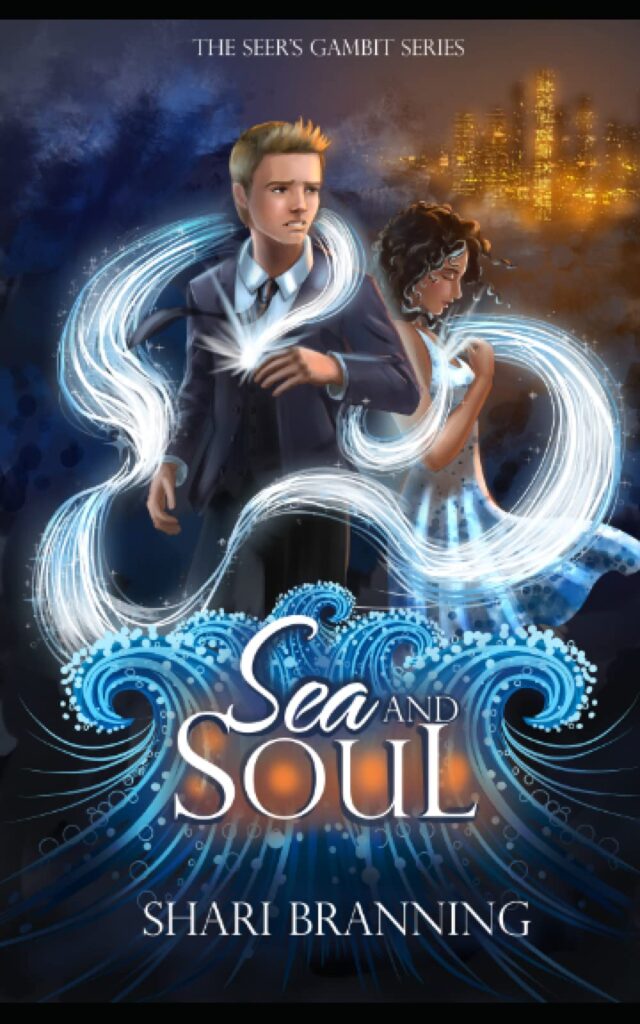
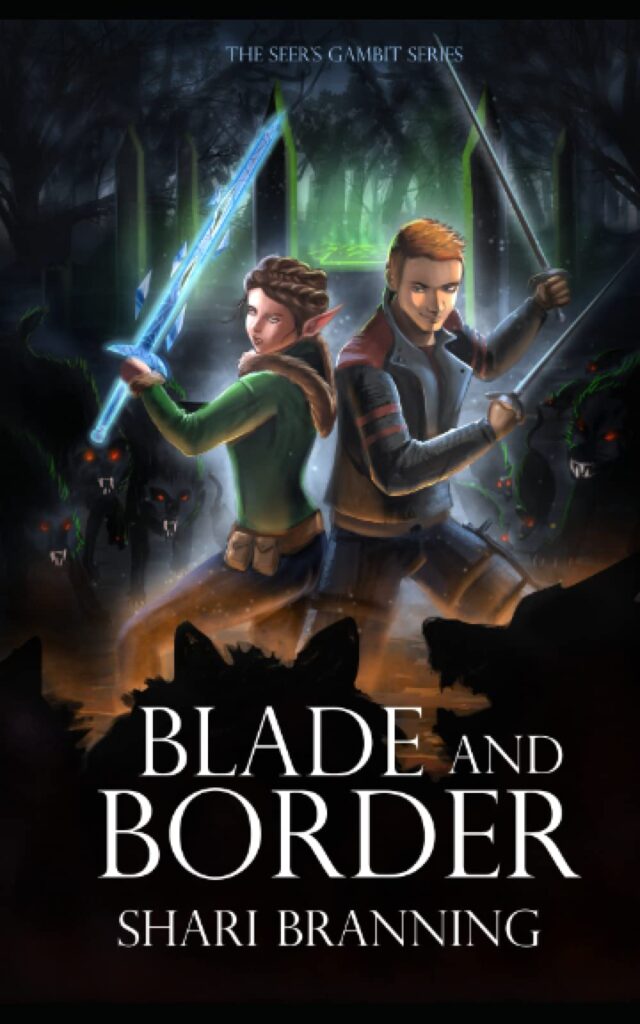

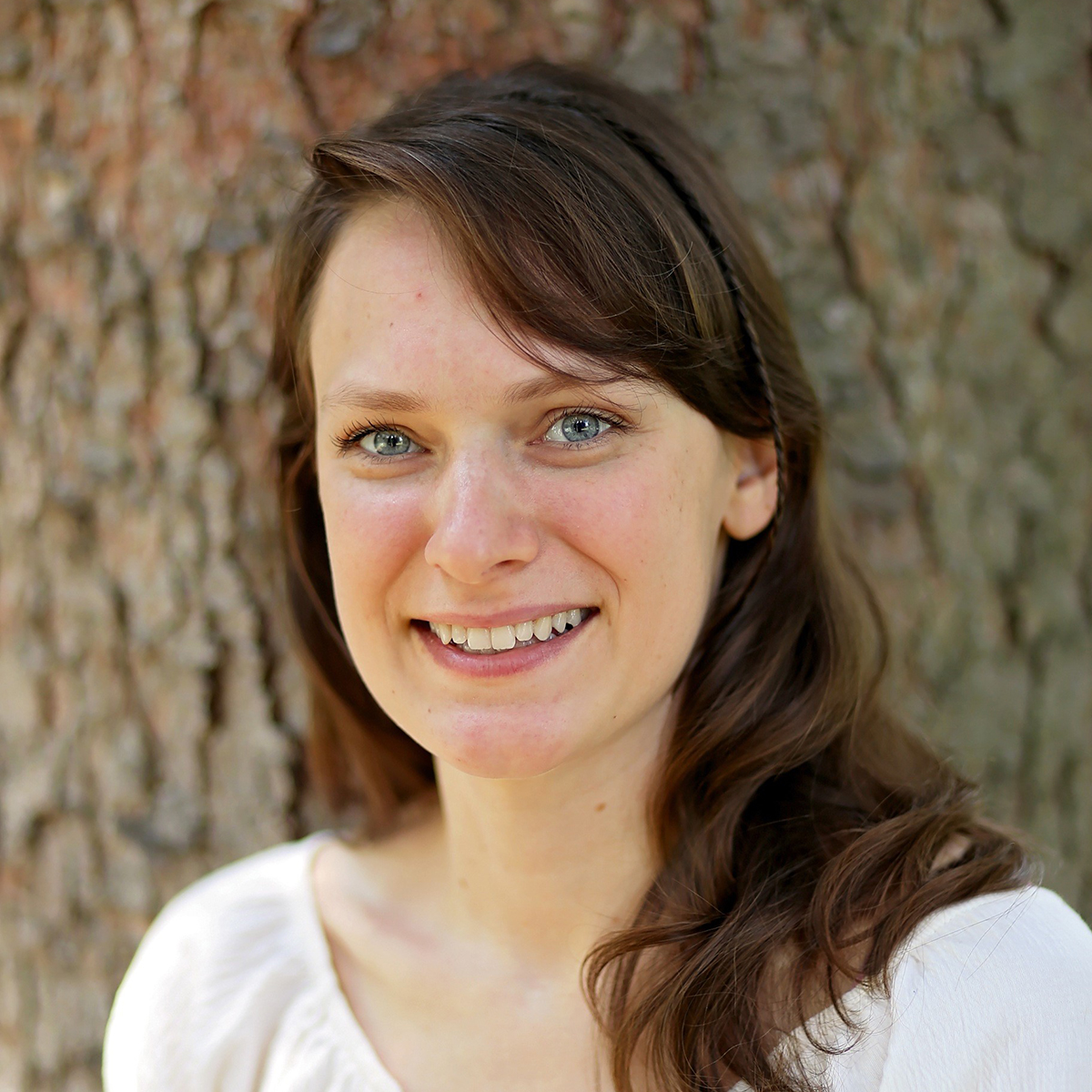
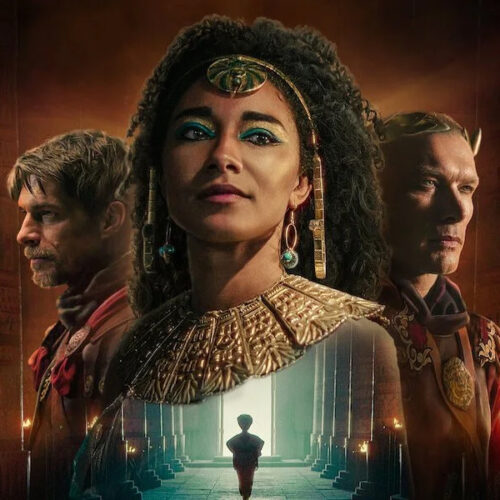
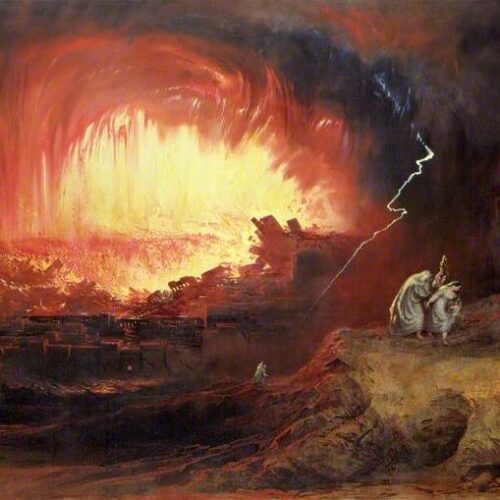

WOW! Hit the nail on the head! As a lover of fairy tales, I find this absolutely true and so insightful, putting into exact words what makes fairy tales appealing! Not the details but the expectation of hope that justice will be served, that kindness will be rewarded. And it certainly reflects God’s nature that’s in us, longing for those truths whether we believe in God or not. No matter what injustice or abuse we suffer, we still long for true justice that God intends for us all, and we love stories that portray that.
Thank you for pointing this out so well!